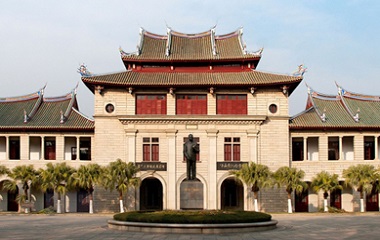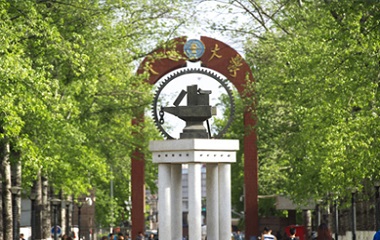
London's Chinese food scene has expanded far beyond the Cantonese-centric offerings that once defined it, transforming into a vibrant tapestry of regional cuisines.
For decades, London's Chinatown was synonymous with dim sum parlors, roasted meats, and takeaways, catering to local British tastes with dishes rooted in Guangdong province.
While these classics laid the foundation of familiarity, the city's culinary identity has evolved, driven by the growing presence of people from the Chinese mainland, and Londoners' burgeoning appetite for authentic regional flavors.
Chen Xin, chairman of Gen C Lifestyle and the organizer of the 2024 London Chinese Cuisine International Development Convention, highlighted the shift, saying: "London's food scene has seen an influx not only of traditional Cantonese restaurants but also a diverse range of regional Chinese cuisines.
"Successful hot pot chain restaurants like Haidilao, Da Long Yi, and Xiao Long Kan have made their mark, while regional specialties from places like Chongqing, Hunan, and Northeast China are gaining popularity."
Chen attributed this shift to Londoners' growing curiosity about the rich culinary landscape of China.
Broader culinary landscape
Gordon Cheung, an expert in Chinese food studies at Durham University, described the transformation as unmistakable.
"The previous Chinatown has been upgraded and extended," he said, noting how food offerings have become both "specialized" and "diversified" and include regional cuisines as well as trendy additions like bubble tea and Chinese dessert cafes. Cheung noted the inclusion of Taiwanese restaurants, such as Leong's Legend, was further evidence of this expanding culinary landscape.
London now offers Chinese dining experiences for every occasion and budget. Michelin-starred venues like A Wong and Kai Mayfair redefine Chinese fine dining, while fusion-inspired restaurants like Hakkasan and Hutong blend traditional flavors with modern presentation. Casual options, such as noodle houses like JWD Lamian Noodle Bar, provide hearty northern Chinese staples like beef noodles in chili oil.
"The growing demand for diverse and authentic culinary experiences is reshaping London's Chinese food scene," Chen added.
Hotpot and noodle culture take center stage
Hotpot culture has captivated Londoners, with chains recreating the communal dining experiences beloved in Chengdu and Chongqing.
Noodle shops are also gaining traction, reflecting the city's growing appreciation for authentic, everyday Chinese food.
Karen Kwok, a London-based foodie originally from Hong Kong, has witnessed this evolution first-hand.
"When I came to London in 2015, most Chinese restaurants served Cantonese food, dim sum, and roast duck. While I love those, the options lacked variety," she said. "Over time, Sichuan restaurants gained popularity as people became obsessed with spicy food. Then, all of a sudden, there were hotpot restaurants everywhere, along with dumpling and noodle shops."
Having tried around 20 to 30 Chinese restaurants in the city, Kwok recommends A Wong for fine dining, Ma La Sichuan for casual meals, and Xiao Long Kan Hotpot in Holborn for hotpot enthusiasts.
The increasing variety of Chinese food in London is a development Kwok sees as overwhelmingly positive.
"Westerners' views of Chinese food are often one-dimensional," she said. "But the diversity of regional dishes – each with unique flavors – encourages cultural exchange and drives restaurants to improve."
She is particularly fond of dining at hotpot and noodle establishments, which have become increasingly popular in the city and describes hotpot as an "adventure" for many Londoners, likening it to Swiss fondue.
"It comes with so many ingredients unfamiliar to Westerners – like frog legs – which makes it an experience. Noodles and dumplings, on the other hand, are budget-friendly and beloved staples in a pricey city like London," she added.










